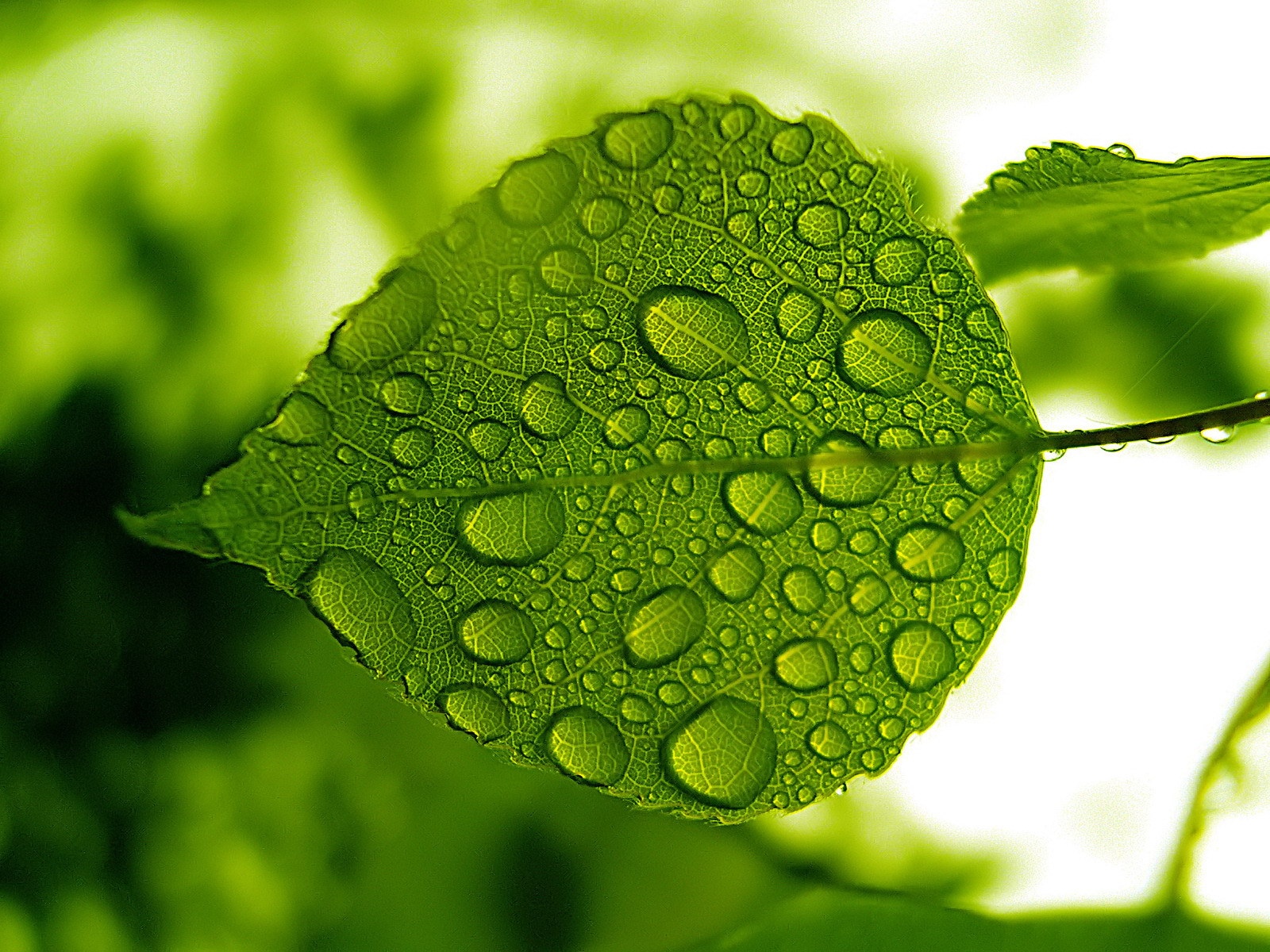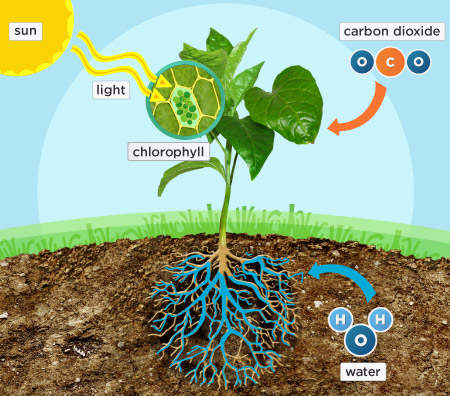Bacteria Episode II: Attack of the Antibiotics
This is the era of the Bacteria Wars and the antibiotics(clone troopers) are losing against the bacteria(battle droids) because of the huge upgrade that mutated them into stronger bacteria(super battle droids) that allowed them to grow and thrive. Just kidding. Anyway, this time we are gonna get more in depth about bacteria.
From last week, we learned about bacteria and what their characteristics are. Bacteria can be helpful and beneficial because bacteria can allow humans to digest their food properly. They can be ingredients in yogurt, cheese, etc. They can recycle dead organisms and decompose them. They can fix nitrogen which is a nutrient plants need. Believe it or not, some of the bacteria can be in some of the antibiotics. The antibiotics are fed to the animals even when they are not sick. This causes them to have growth hormones. LINK

Stomach bacteria
How nitrogen fixing bacteria benefits plants and animals is they turn atmospheric nitrogen into ammonia and they are inorganic compounds which the plants can utilize. How they benefit animals is that the nitrogen can go back to the atmosphere and can help with breaking down organisms by bacteria carrying it.
The nitrogen cycle
Pasteurization is partial sterilization of foods at a certain temperature that destroys harmful microorganisms. How it is important is it destroys disease inside of milk primarily and it adds to the longevity(how long it will be until it goes bad) from causing the milk to go bad.LINK
pasteurized milk
You can't escape bacteria beacause they are everywhere. Some bacteria can be harmful and can cause human disease. For example, the three bacterial infections are tuberculosis, pneumonia, and strep throat. Tuberculosis is caused by mycobacterium tuberculosis and the symptoms are coughing up blood ands loss of appetite. Strep throat is caused by streptococcus bacteria and the symptoms are high fever, sore throat, and fatigue. Pneumonia is caused by hemophilus influenzae and the symptoms are vomiting, shortness of breath, fever, and coughing. LINK

Women with pneumonia
All of you guys may have heard of the word antibiotics. First of all let me explain what antibiotics are, antibiotics is what doctors developed to cure people that are sick. But over the years
antibiotics became less affective to bacteria, because one, the overuse of antibiotics became less useful and two, bacteria started to mutate and become resistant to antibiotics.

See ya guys later and have a merry christmas and a happy new year.


























